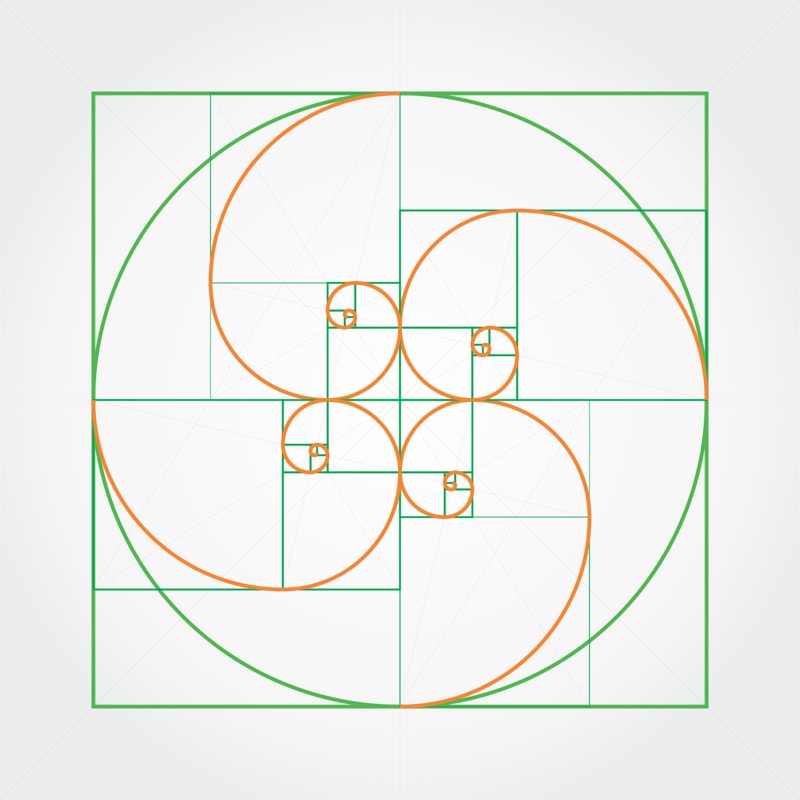As Agile practitioners, the path to mastering estimation is a continuous journey. At the core of this odyssey lies the Fibonacci sequence, a versatile tool that can be wielded in classic or modern fashion. In this coaching session, we’ll delve into the granular details of Classic and Modern Fibonacci Estimating, uncovering the nuances that make each approach a masterpiece. Through a compelling case study, we’ll illuminate how these methods can coexist, each contributing to Agile excellence in its unique way.
Classic Fibonacci Estimating: The Time-Tested Melody
Foundation: Classic Fibonacci Estimating is grounded in the familiar sequence (0, 1, 1, 2, 3, 5, 8, 13, 21, etc.). This time-tested foundation forms the basis for relative sizing.
Intuitive Sizing: Teams assign points intuitively, guided by the natural flow of the Fibonacci sequence. A task with a complexity comparable to an 8-point story is perceived as roughly twice as complex as a 5-point story.
Simplicity in Action: Planning Poker sessions, where team members individually assign points, are a ritual. Simplicity reigns supreme, and team communication is seamless.
Modern Fibonacci Estimating: Precision in Harmony
Fractional Precision: Modern Fibonacci Estimating introduces fractional points (e.g., 1, 2, 3, 5, 8, 13.5, 20, etc.), allowing for a more refined evaluation of complexity. The precision accommodates tasks that fall between traditional Fibonacci points.
Fine-Tuning Complexity: Teams embrace more precise Fibonacci points, acknowledging the need for granularity. A task may be estimated at 13.5 points, reflecting a level of complexity between 13 and 20.
Integration with Continuous Delivery: Modern Agile environments, often characterized by continuous delivery practices, find harmony in the modern Fibonacci approach. Estimation aligns seamlessly with the rapid pace of development.
Case Study: Agile Odyssey in Software Development
Imagine an Agile team working on a complex feature set for a financial software application. The team is tasked with developing a robust reporting module, a critical component for their end-users.
Classic Fibonacci in Action:
- User Story:
- “As a financial analyst, I want to generate comprehensive quarterly reports summarizing account transactions.”
- Estimation Session:
- Classic Fibonacci Estimating is employed, and the team collectively agrees that this user story feels like an 8-point task. The familiarity of the sequence aids in quick consensus.
- Execution:
- The team completes the development, testing, and integration within the sprint, delivering the quarterly reporting feature as planned.
Modern Fibonacci in Action:
- Next Iteration:
- The team identifies a follow-up user story focused on enhancing the reporting module by incorporating real-time data updates.
- Estimation Session:
- Given the nuanced nature of this task, the team opts for Modern Fibonacci Estimating. After thoughtful deliberation, the team settles on an estimate of 13.5 points, recognizing the additional complexity compared to the previous story.
- Execution:
- The team navigates the intricacies of real-time data integration, successfully delivering the enhanced reporting functionality. The precision of the estimate allows for more accurate planning and resource allocation.
Key Takeaways: Striking the Right Chord
- Classic Simplicity:
- Classic Fibonacci Estimating excels in simplicity and ease of communication, fostering quick alignment within the team.
- Modern Precision:
- Modern Fibonacci Estimating adds a layer of precision that proves invaluable when tackling tasks with nuanced complexities, especially in environments emphasizing continuous delivery.
- Coexistence in Harmony:
- In the Agile journey, both Classic and Modern Fibonacci Estimating can coexist. Classic simplicity might prevail in straightforward tasks, while Modern precision shines in more intricate endeavors.
Conclusion: Orchestrating Agile Excellence
As your co-agile enthusiast, I encourage you to embrace the duality of Classic and Modern Fibonacci Estimating. Like skilled musicians in an orchestra, each approach contributes to the symphony of Agile excellence. In the ever-evolving landscape of software development, let the Fibonacci sequence be your guiding notes, whether you opt for the timeless melody of Classic or the nuanced harmony of Modern. Together, let’s orchestrate Agile excellence, striking the right chord for every sprint and every project.
